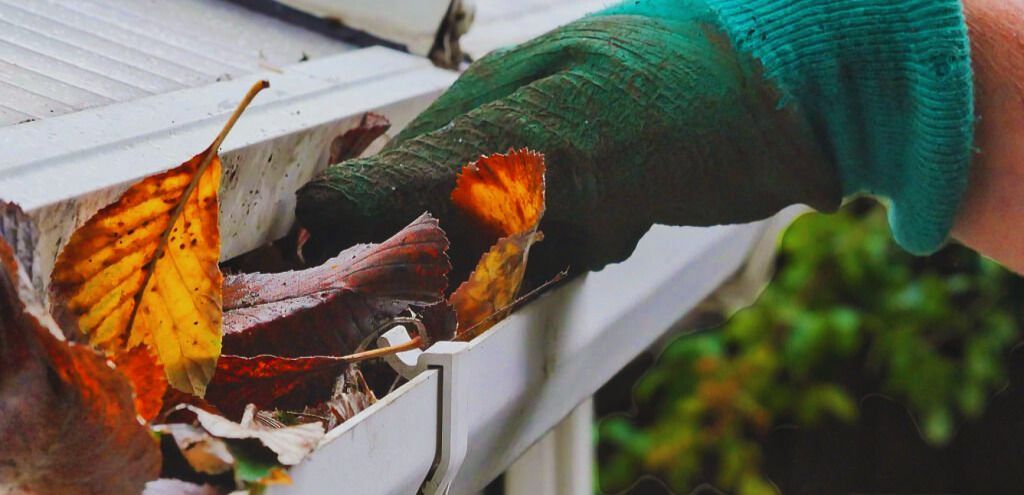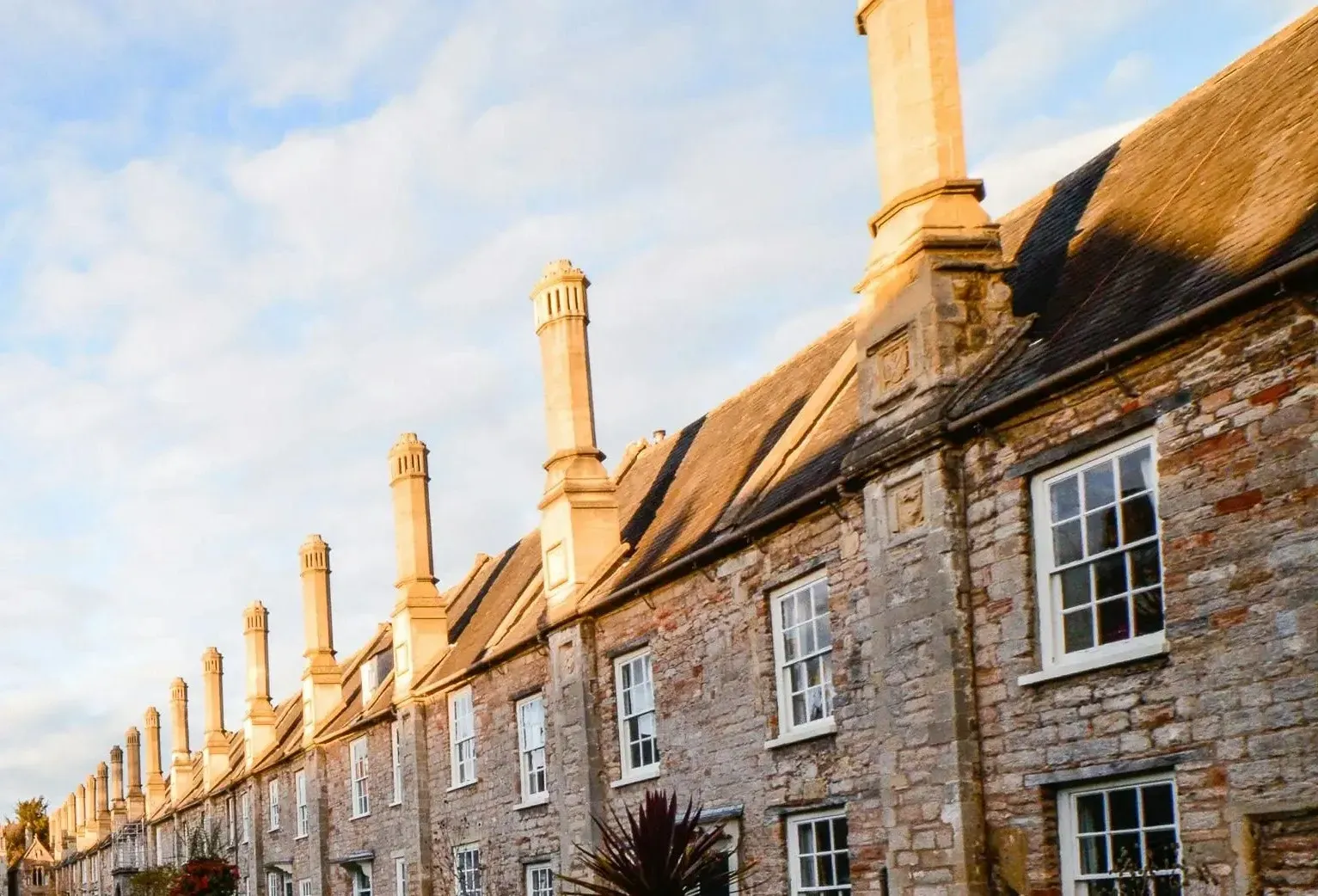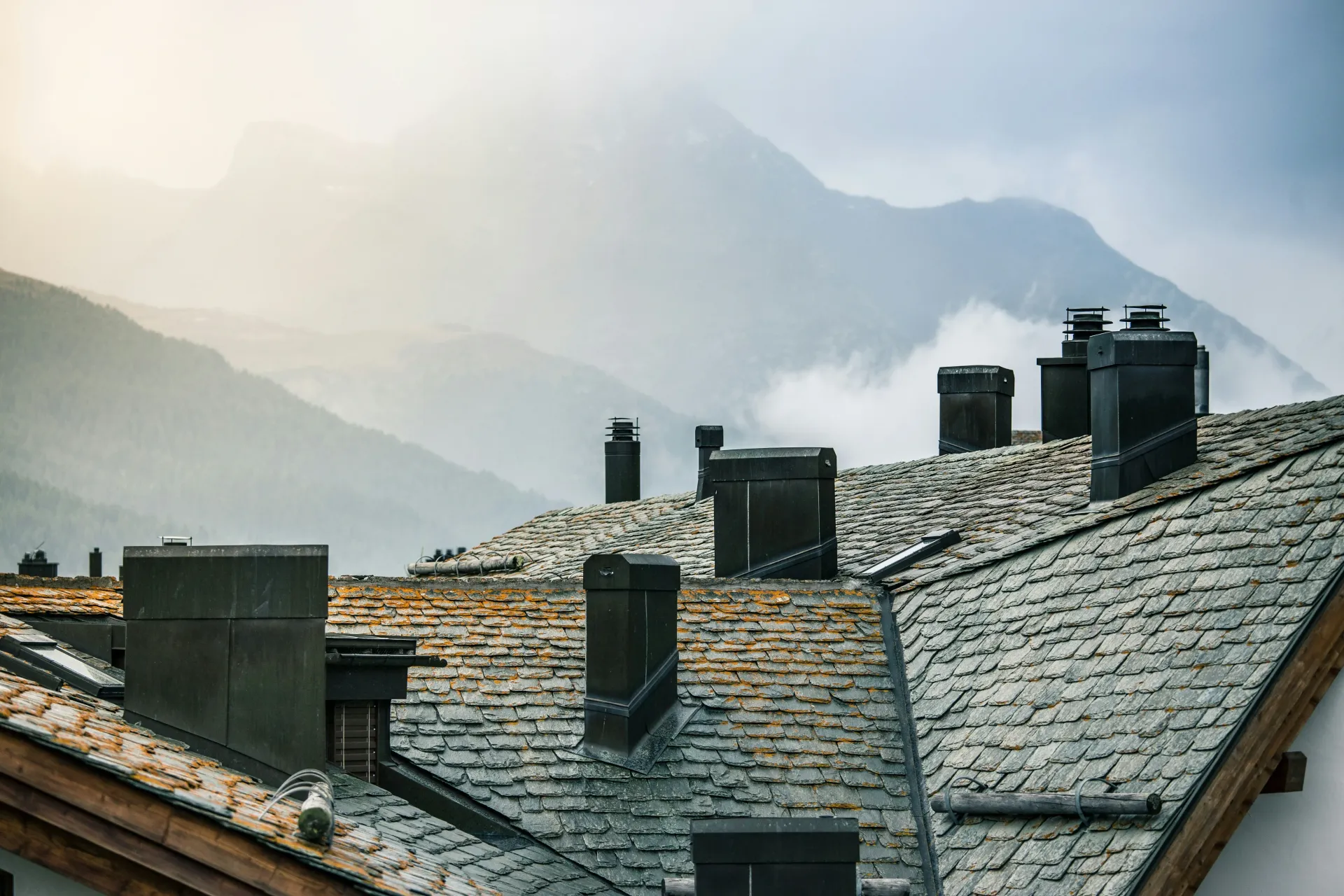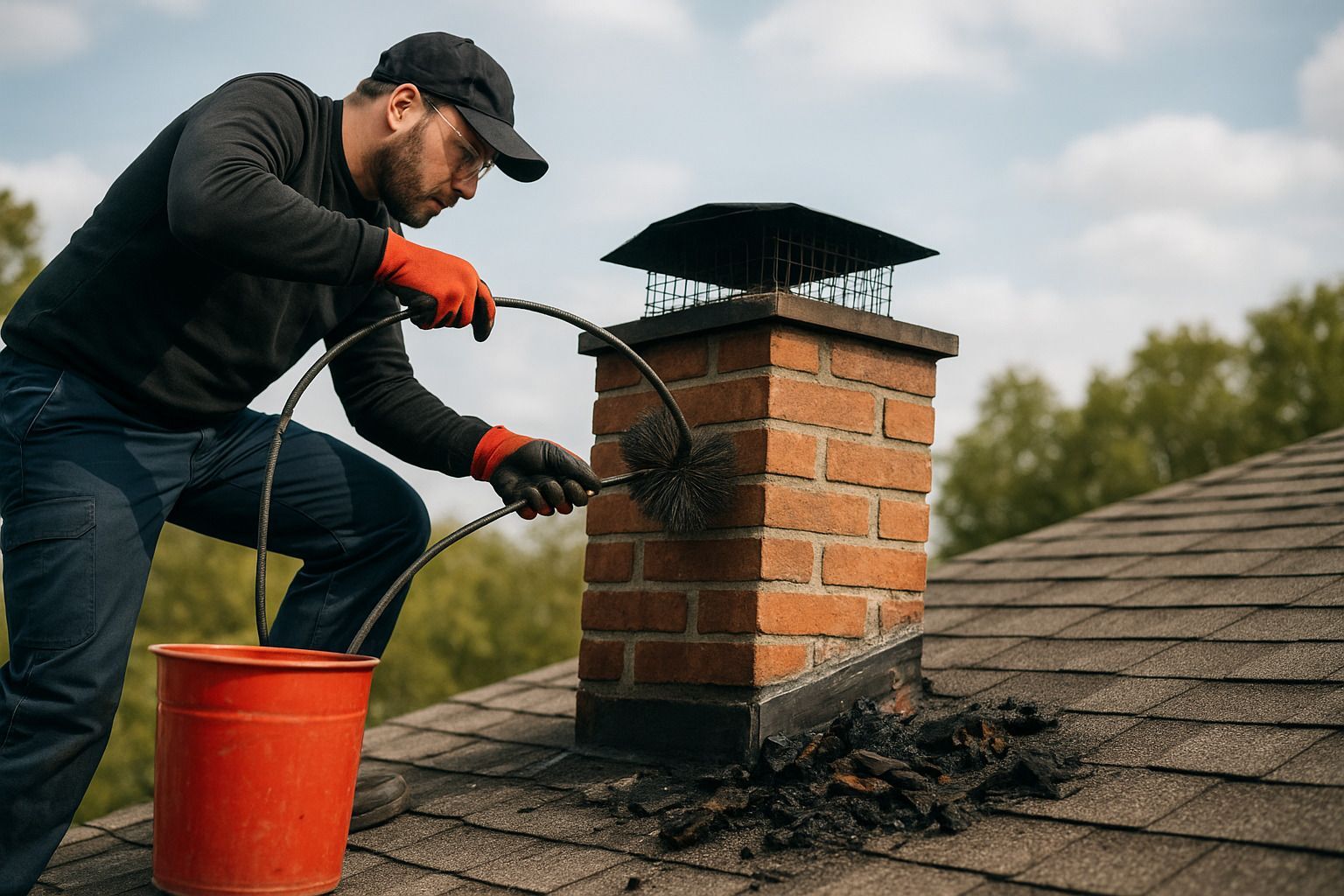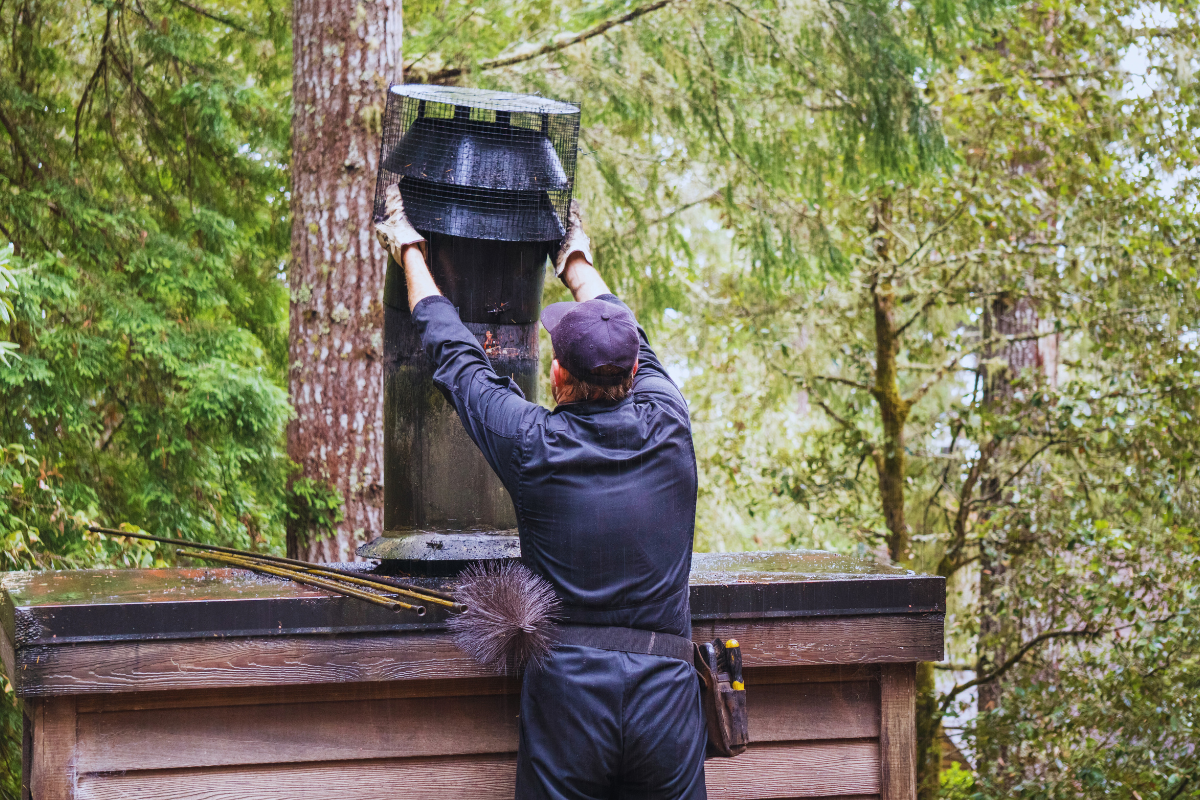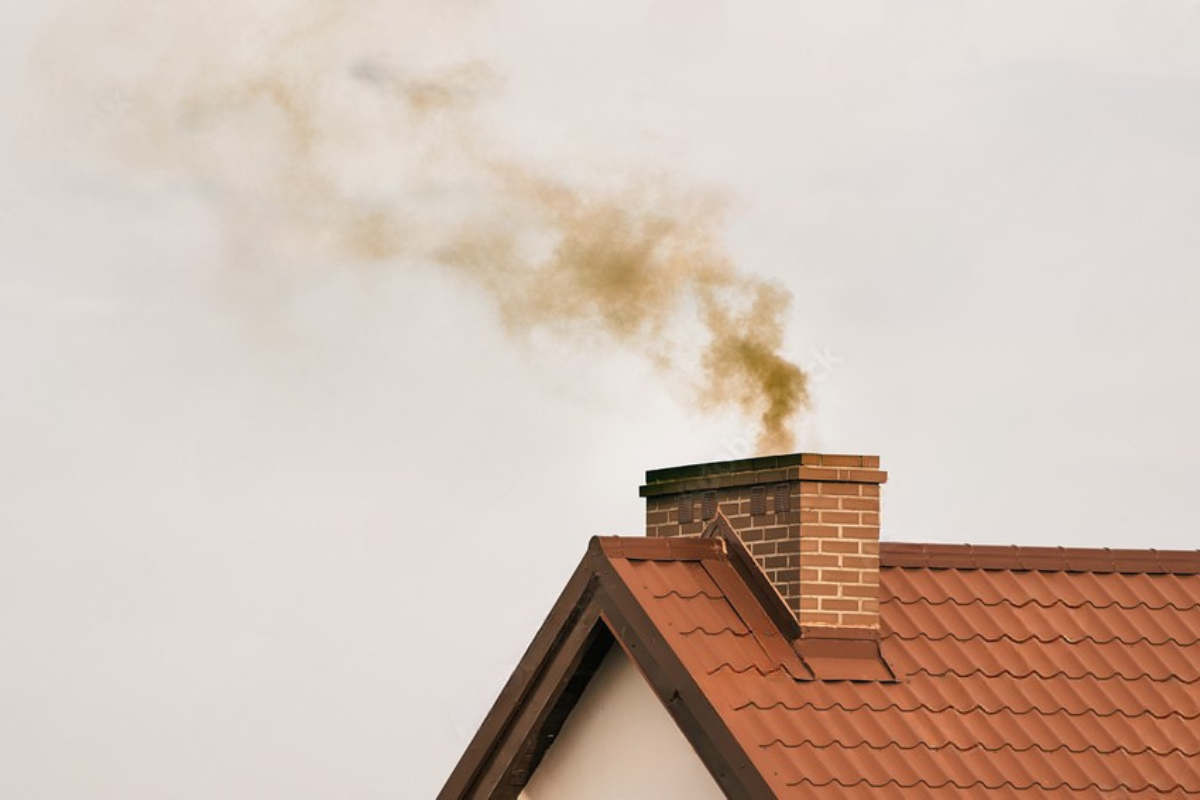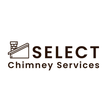Essential Post-Winter Chimney Maintenance Checklist for a Safer Home
Select Chimney Services is a professional chimney maintenance and repair company serving Porter, Portland, Windham, Augusta, ME, and Conway, NH. With over 12 years of experience, they specialize in ensuring chimneys are safe, clean, and functional, providing services such as waterproofing, stainless steel liner installation, and demolition and tuckpointing.
Their top three services include:
- Waterproofing: Protects chimneys from water damage by sealing them to prevent leaks and deterioration, ensuring longevity and structural integrity.
- Stainless Steel Liners: Installation of durable stainless steel liners to enhance chimney safety and efficiency, reducing the risk of house fires caused by old or damaged liners.
- Demolition and Tuckpointing: Comprehensive repair services that involve removing damaged chimney components and restoring masonry joints, ensuring the chimney's structural soundness and aesthetic appeal.
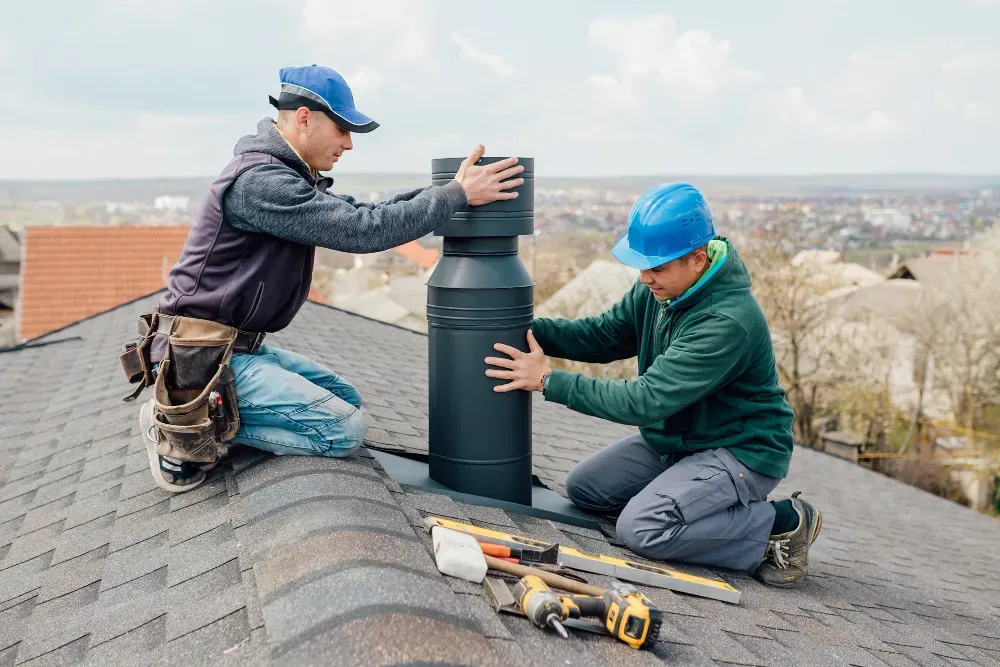
Winter's harsh weather can take a serious toll on your chimney. As spring arrives, it's crucial to check and maintain your chimney to ensure your family's safety and your home's protection. This comprehensive guide will walk you through everything you need to know about post-winter chimney care.
Understanding Winter's Impact on Your Chimney
How Cold Weather Affects Chimney Structure
Your chimney quietly endures a lot during winter months. Freezing temperatures, snow, and ice can create small cracks in the masonry. When water seeps into these cracks and freezes, it expands, making the cracks bigger. This freeze-thaw cycle can seriously damage your chimney over time.
Think of it like a water bottle in your freezer – we've all seen how water expands when frozen. The same thing happens to the tiny amounts of water that get into your chimney's bricks and mortar. Over time, this can lead to loose bricks, crumbling mortar, and potentially dangerous structural issues.
Common Winter Damage Signs to Look For
After winter, take a walk around your home and look for these warning signs:
- Crumbling mortar between bricks
- White staining on the chimney exterior (called efflorescence)
- Loose or missing bricks
- Cracks in the chimney crown
- Pieces of flaking material around the base of your chimney
The Importance of Spring Chimney Inspections
Professional vs. DIY Assessment
While you can spot obvious problems yourself, nothing beats a professional inspection. Certified chimney sweeps have the tools and knowledge to spot issues you might miss. They can look deep inside your chimney using special cameras and tools that help them find hidden problems before they become expensive repairs.
Professional chimney sweeps also know exactly what to look for based on your local climate and building materials. They can spot early warning signs that might not be obvious to the untrained eye.
Key Areas That Need Attention
A thorough inspection should cover:
- The chimney crown and cap
- All exterior masonry
- The flashing where your chimney meets the roof
- The interior flue liner
- The firebox and damper
- The smoke chamber and throat
Essential Post-Winter Maintenance Steps
Exterior Chimney Inspection Checklist
Start at ground level and work your way up:
- Check the foundation for cracks or settling
- Look for loose bricks or stones
- Examine mortar joints for deterioration
- Inspect the chimney crown for cracks
- Make sure the chimney cap is secure and undamaged
Interior Flue Assessment Guide
Creosote Buildup Detection
Creosote is that black, tar-like substance that builds up inside your chimney from burning wood. After a long winter of cozy fires, you'll likely have quite a bit of it. Shine a flashlight up your flue – if you see more than 1/8 inch of buildup, it's time for a cleaning.
Checking for Wildlife Inhabitants
Spring is when animals often try to make their homes in chimneys. Listen for chirping or scratching sounds, and look for nesting materials around your fireplace. If you spot signs of animals, call a professional – don't try to remove them yourself.
Professional Chimney Cleaning Services
When to Call the Experts
You should definitely call a professional chimney sweep if:
- You haven't had your chimney cleaned in over a year
- You notice any crumbling masonry
- There's visible creosote buildup
- You hear animals in your chimney
- Your fireplace isn't drawing smoke properly
What to Expect During Professional Cleaning
A professional cleaning typically takes 1-2 hours and includes:
- Complete sweep of the flue
- Inspection of all chimney components
- Removal of creosote buildup
- Check of the damper operation
- Assessment of the chimney liner
- Written report of findings
Safety Measures and Preventive Maintenance
Fire Prevention Tips
Keep your home safe by following these guidelines:
- Only burn seasoned hardwood
- Never use accelerants to start fires
- Keep a chimney spark arrestor in place
- Maintain working smoke and carbon monoxide detectors
- Keep flammable items away from the fireplace
Long-term Protection Strategies
Weather Protection Solutions
Invest in these protective measures:
- A quality chimney cap to keep out rain and snow
- Waterproof masonry sealer for the exterior
- Proper flashing around the chimney base
- A chimney crown that extends beyond the brick edges
Regular Maintenance Schedule
Create a year-round maintenance plan:
- Spring: Post-winter inspection and repairs
- Summer: Major repairs and improvements
- Fall: Pre-winter inspection and cleaning
- Winter: Regular monitoring and safe operation
Remember, your chimney works hard to keep your home warm and safe during winter. Giving it proper care in spring helps prevent expensive repairs and ensures your family's safety. Don't wait for problems to become obvious – regular maintenance is always cheaper than major repairs.
Contact a certified chimney sweep in your area to schedule a post-winter inspection. They can help you develop a maintenance plan that works for your specific situation and gives you peace of mind all year long.



